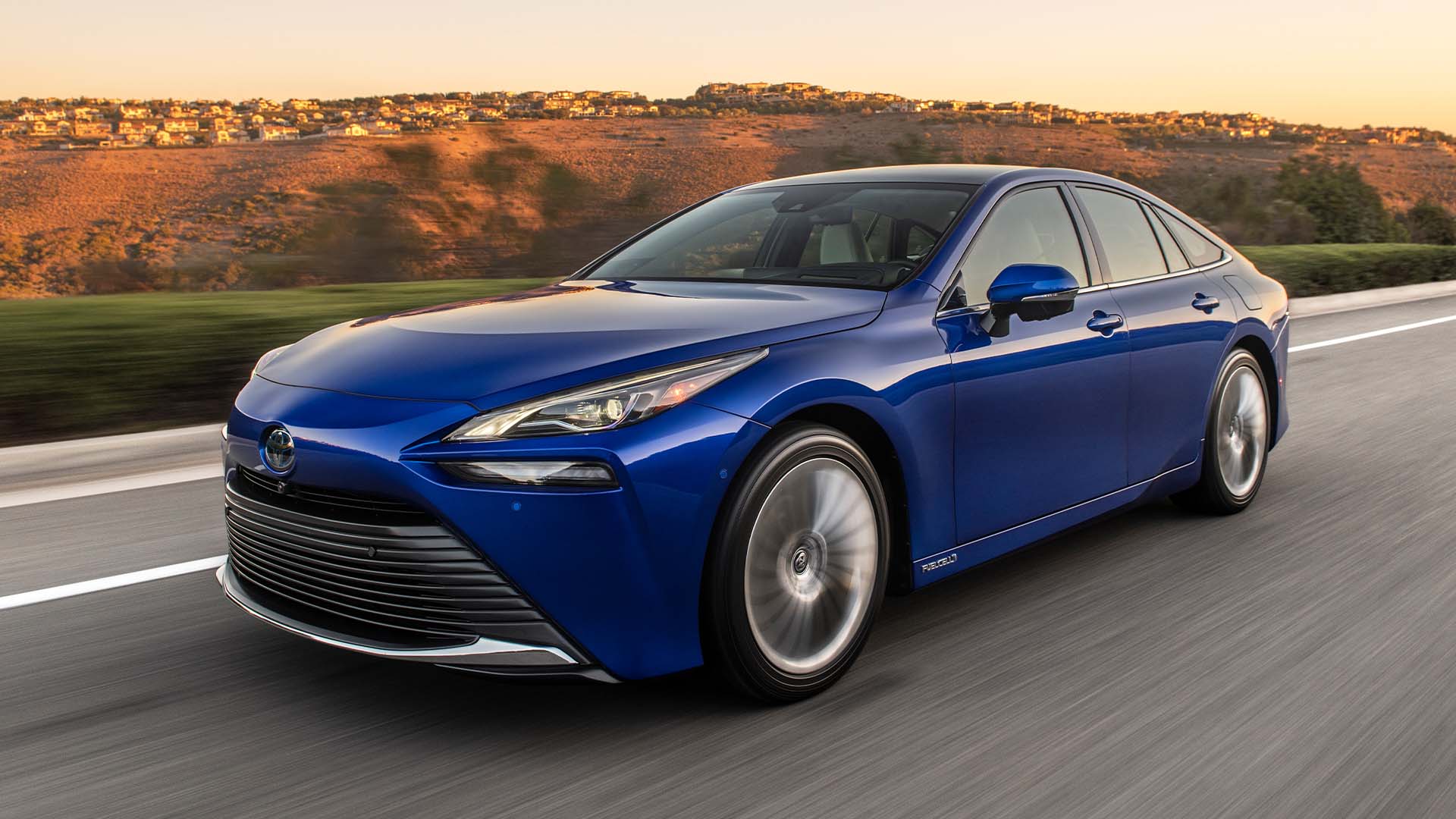

California is the world’s fifth-largest economy by GDP, and its car market carries the weight that comes with that economic power. For years, the state had set its own emissions standards, but a decision by the Trump administration sought to force California’s adoption of looser federal regulations. The Environmental Protection Agency confirmed on Wednesday that it’s reversing that, allowing California to resume setting its own stricter emissions laws.
The state has had a Clean Air Act waiver since the inception of the act in 1970, which gave lawmakers in California the ability to set stricter emissions standards, and later, electric vehicle sales targets. In 2019 under the Trump administration, the waiver was rescinded by the EPA, citing a desire for national consistency. California and 23 other states sued in favor of keeping the waiver, and a large group of automakers—including GM and Toyota, representing two of the three largest automakers by sales in the US—intervened on behalf of the administration. The waiver and the ensuing suit had far larger implications than just California, however, as 17 states plus the District of Columbia use California’s stricter emissions laws, rather than the less stringent federal guidelines.
The reinstatement of the waiver has been signaled as a priority of the Biden administration, however, with a January 2021 executive order to the Department of Transportation and EPA to reexamine the Trump-era changes. The NHTSA has already rolled back its regulations to the pre-Trump administration status, as has the national DOT. Despite the attempts of some Republican attorney generals to block the rollback, with the EPA’s decision to restore California’s ability to craft their own emissions guidelines, the state is now legally in the clear to craft stricter rules going forward.
This decision comes as drafts of California’s newest rules, intended to start in the 2026 model year, have made it obvious the state is seeking aggressive changes. They show the state is aiming to have 61 percent of new vehicles be zero-emission cars by 2030, and outright ban the sale of new ICE cars by 2035. While it remains to be seen what California’s final decisions will be, it’s safe to assume the state won’t stop pushing hard for electric cars and low-emission vehicles any time soon.
Got a tip or question for the author? Contact her directly: victoria.scott@thedrive.com